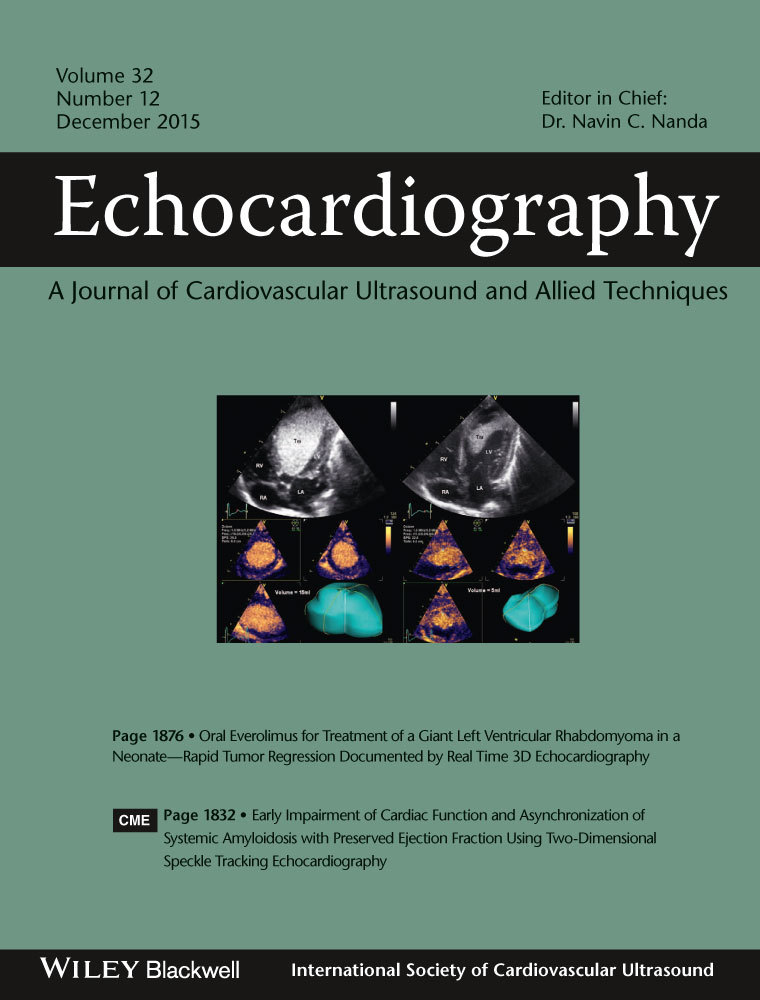The Value of Quality Improvement Process in the Detection and Correction of Common Errors in Echocardiographic Hemodynamic Parameters in a Busy Echocardiography Laboratory
Abstract
Background
Accurate assessment of cardiac structures, ventricular function, and hemodynamics is essential for any echocardiographic laboratory. Quality improvement (QI) processes described by the American Society of Echocardiography (ASE) and the Intersocietal Commission (IAC) should be instrumental in reaching this goal.
Methods
All patients undergoing transthoracic echocardiogram (TTE) followed by cardiac catheterization within 24 hours at Christiana Care Health System in 2011 and 2012 were identified, with 126 and 133 cases, respectively. Hemodynamic parameters of diastolic function and pulmonary artery systolic pressure (PASP) on TTE correlated poorly with catheterization in 2011. An educational process was developed and implemented at quarterly QI meetings based on ASE and IAC recommendations to target frequently encountered errors and provide methods for improved performance. The hemodynamic parameters were then reexamined in 2012 postintervention.
Results
Following the QI process, there was significant improvement in the correlation between invasive and echocardiographic hemodynamic measurements in both systolic and diastolic function, and PASP. This reflected in significant better correlations between echo and cath LVEF [R = 0.88, ICC = 0.87 vs. R = 0.85, ICC = 0.85; P < 0.001], average E/E′ and of left ventricle end-diastolic pressure (LVEDP) [R = 0.62 vs. R = 0.09, P = 0.006] and a better correlation for PASP [R = 0.77, ICC = 0.77 vs. R = 0.30, ICC = 0.31; P = 0.05] in 2012 compared to 2011.
Conclusion
The QI process, as recommended by ASE and IAC, can allow for identification as well as rectification of quality issues in a large regional academic medical center hospital.




